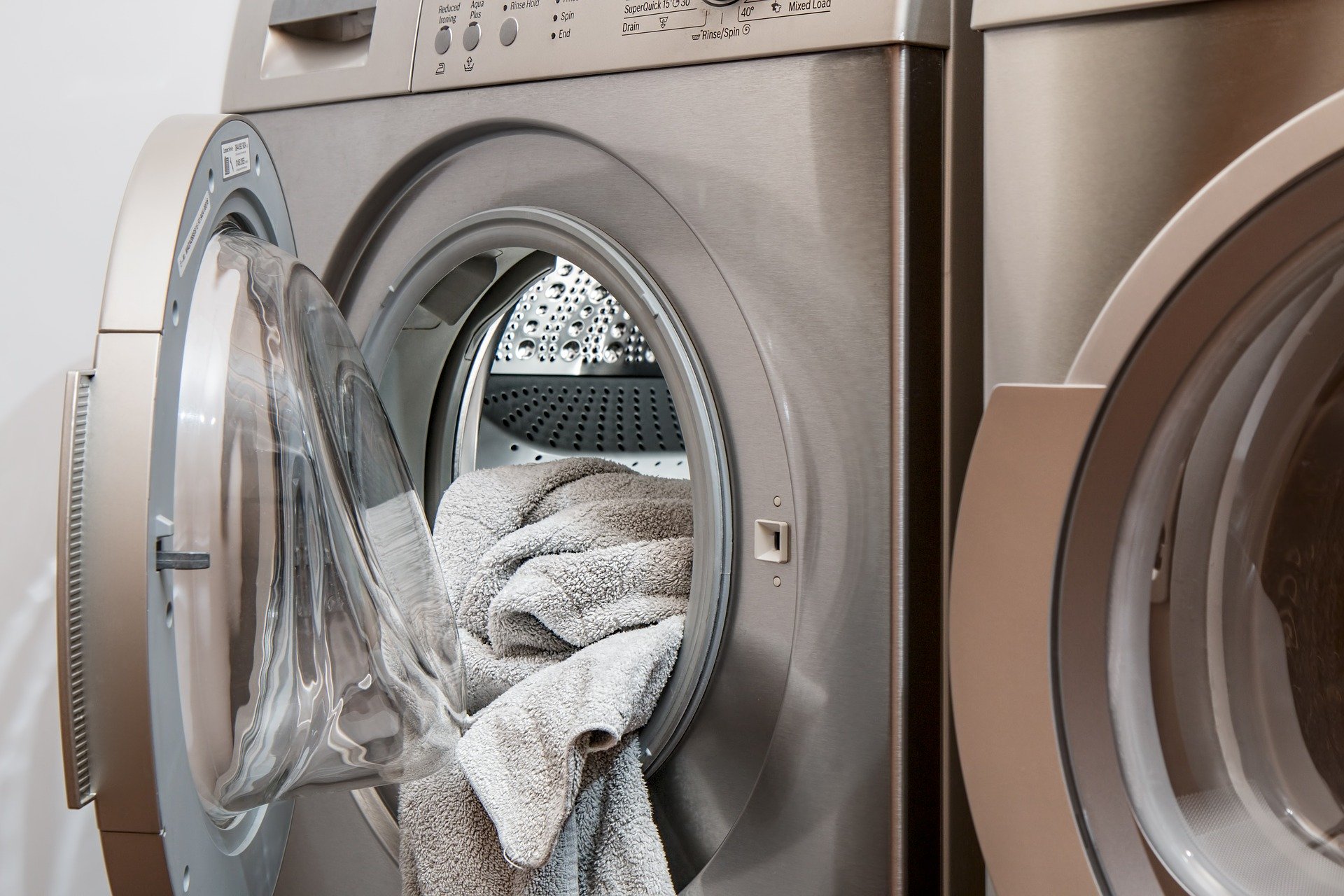
Unknown to many, washing machines are one of the largest water wasters in the home. This results in you paying a considerable cost for using treated municipal water normally used for drinking. One of the numerous ways people are looking to save water is by investing in rainwater harvesting systems, with rainwater tanks at its centre.
With a family of four using rainwater for laundry and in their washing machines, they can save more than 20,000 litres of drinking water every year. This only makes rainwater tanks a sound investment to every home, both in highly urbanised and rural areas. But before deciding on getting which rainwater tank to use at your home, learn more about why rainwater is great for doing the laundry (and your other chores).
Is rainwater safe for washing clothes?
Generally speaking, rainwater is safe for laundry. As rainwater is naturally acidic (at around 5.6 in the pH scale), this means what you are collecting is naturally occurring soft water. Soft water does not contain dissolved materials, unlike hard water which contains minerals such as calcium, magnesium, iron, and manganese, among others. In most cases, municipal water could come from reservoirs or drilled wells of hard water, which is consequently treated to decrease its hardness.
While these minerals do not make hard water unsafe for drinking, the same could make soap less effective, often hard to apply or rinse off. As soap does not completely dissolve in hard water, some (if not most) of the present minerals will remain in the materials or cloths after being washed, leaving scum in the washbasin, which means more water wasted in trying to wash off the soap, which means more wear and tear to your fabrics, your washing machine and yourself.
On the other side of the coin, rainwater contains trace amounts of certain ions like sodium and potassium that help dissolve soap and lift sediments like soil (and excess soap from previous washes) from your clothes. When clothes are soaked in rainwater overnight, the washing process is greatly reduced as rainwater should already loosen dirt and other sediments, thereby reducing your vigorous rubbing and scrubbing and greatly extending the fabric’s life span.
What you need to know first
Before getting a rainwater tank to start harvesting rainwater, it’s best to measure how much rainfall your area gets in a year. In a 1-inch shower, a 10-by-15-metre house or barn can easily collect more than 3,500 litres of rainwater; during monsoon season, that figure could easily balloon to at least in the tens of thousands of litres. Getting the right capacity for the amount of rainfall in your area will allow you to collect as much rainwater in your tank as you can for your other chores.
The right rainwater tank for the right purpose
Space is a premium in most highly urbanised areas, and this means maximising the space provided to you efficiently so you get the most from your investment. Today, many rainwater tank manufacturers and suppliers offer specific tanks for this reason. Two of the most popular are the following:
-
Slimline rainwater tanks. Some smaller, cheaper slimline tanks hold 1,000 litres and the premium ones can hold up to 5,000 litres. These tanks are attached to the side of your house and immediately below your collection system. Most of these tanks are made from poly plastics so they are durable and, in conjunction with specific filters and disinfecting units, allow you to store drinking water.
-
Under deck rainwater tanks. These kinds of tanks can be easily installed under your house, in basements, crawlspaces and under your decks. These can be made from nonpotable or potable materials, which means you could get separate tanks for indoor and outdoor use. Basic packages can store as little as 1,200 litres while the more expensive ones can also hold 5,000 litres.
Other rainwater tanks
If your budget and space call for it, steel tanks can hold even larger quantities of water but may need more equipment like pumps if you have a separate collection system. If you are building your property from the ground up, underground concrete tanks are an ideal option as, when built properly, concrete tanks can even outlast the homeowner. However, you may need specific permits to build these tanks, and concrete and steel tanks can be costly.
During this period of scarcity, now is the perfect opportunity to harness the potential of every possible renewable resource available to us. As rainwater is readily available to us at any time, the best investment you could make to save water (and costs) in the long run is by installing a rainwater tank.



Leave A Comment